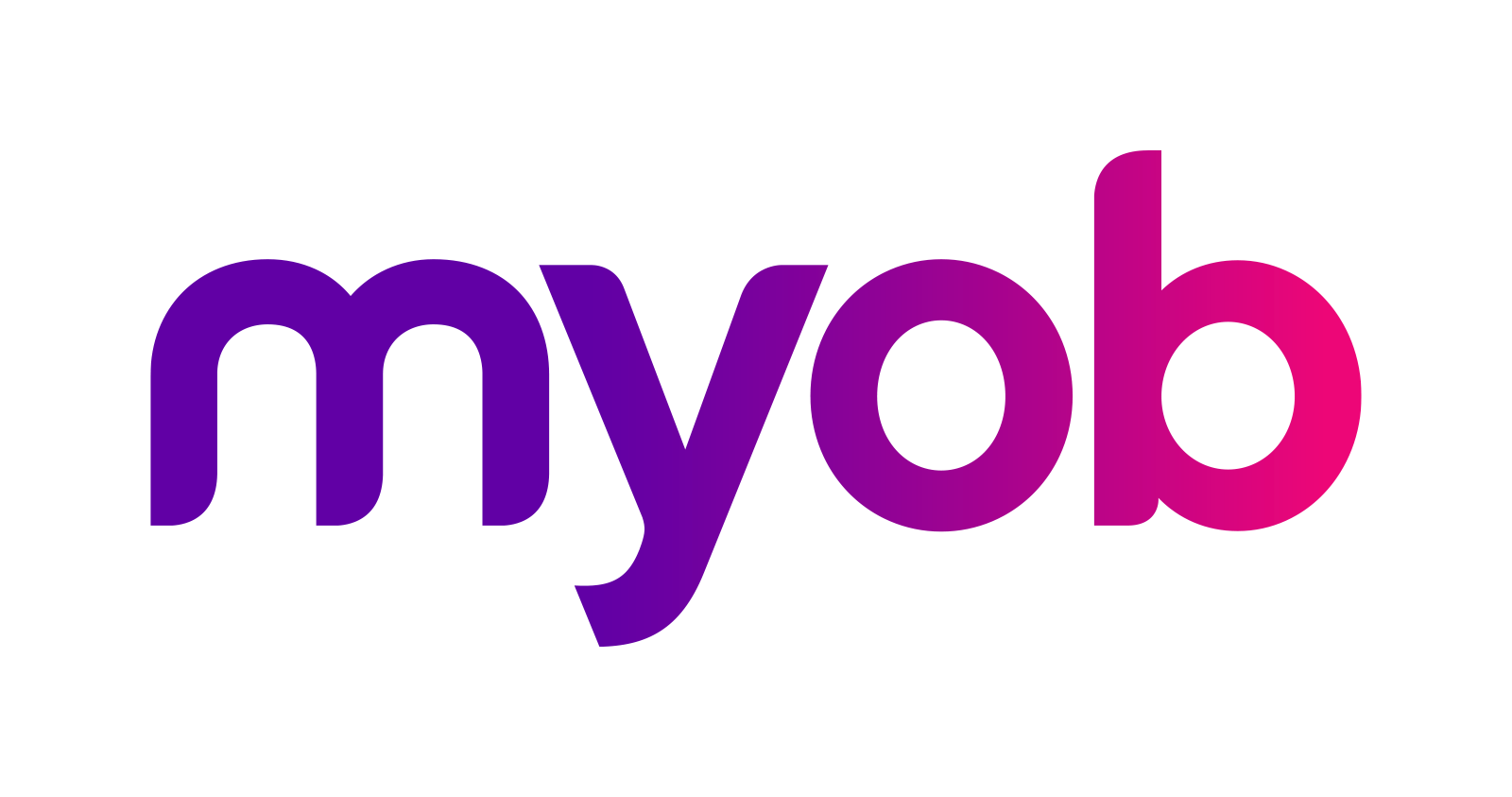The pandemic has led to a new era of digitisation, with practices and processes that were previously manual now moving online and into the cloud. The shift towards working from home has accelerated this trend. The latest Australian Bureau of Statistics (ABS) figures show 41 per cent of workers were more likely to be working from home during February 2021 than before the pandemic began.
But there are still accountants and bookkeepers doing things the old way. Paper handling, manually entering data into Excel spreadsheets and relying on past practices to get by. There is, however, a better way. By automating reports, your business will flourish.
Why automate?
Business intelligence systems are first and foremost a time-saver. What would have taken hours or days to do in the past can now be done in minutes, at the push of a button. These reports can also take data from a variety of sources and provide instant insights into how your business is tracking.
It’s also a good way to get a handle on what is going to happen in the future. By using machine learning and artificial intelligence, you can combine data sets, based on past performance, to get an idea of what to expect in the future. This helps with business planning and will let you allocate staff to get maximum performance and productivity for the business going forward.
Automation also lets you get to data that hasn’t been accessible before. Many companies have data silos – the data held by one department isn’t made available to those in another department. Audit may not have the data held by risk and compliance, for example, and so if data silos are removed, the business is able to get the big picture on overall performance. Add in the automation of reports, and management has instant insight into what is happening, where it’s happening and why.
Reduce risk and fraud
Manual reporting can lead to errors, and those errors can have a major impact on the risk and compliance obligations of the organisation. Potential errors could open the business to legal and regulatory risk, not to mention a loss of reputation with its clients.
By automating reporting, all the data is linked back to its original source. Management can see who generated the data when it was created and why it was created. Linking data back to its original source increases transparency, and minimises the risk of inadvertent errors or, worse, fraud.
Automation also sets the company up to be audit-ready. By using a business intelligence solution, the auditors have complete visibility into each and every transaction. This reduces the auditors’ workload and gives the business better insight into how it’s operating, what its compliance obligations are, and what its regulatory responsibilities may be.
Increase staff productivity and shift into the cloud
When you embrace automated reporting, you will get a leg up on your competitors who might not have taken this technological leap. You’ll be more efficient, save time and the cost reductions will flow to the bottom line of the company.
But there are other benefits that come with automation. Your staff will be more productive. They’ll no longer waste time entering data into Excel spreadsheets (and with that, introducing the potential for errors).
This frees up staff to focus on the creative and intelligent work that you’re paying them to do. They will have the time to come up with the innovative ideas you need to stay ahead of your competitors, and they’ll be far more productive than they were in the past.
This productivity is particularly important in this new work-from-home, hybrid work environment. Zoom fatigue and not always knowing what page the team is on are minimised by creating automated reports that highlight and visualise the company’s needs and performance.
Automation also allows better visualisation – and staff generally respond better, and come up with better ideas, when they are presented data in a visual manner rather than a spreadsheet or a column of numbers.
Without automation, none of these innovations are possible. Excel takes time and effort to learn, and creating visualisations using that software package is hard work, requiring specialist skills that many staff simply won’t have. Most of us have struggled at times using spreadsheets, and automation of reporting makes all those problems go away, allowing staff to get on with their jobs.
A shift to automated reports via the cloud also lets staff access data wherever they are – and whatever their work schedules happen to be. With remote work, having all your data available regardless of location is a critical competitive advantage.
Automating reports doesn’t have to be hard. It’s an investment that will increase business competitiveness and boost staff productivity. What’s not to like?
Do you need to take a look at your business with fresh eyes? Our specialist team at MYOB are here to help. Click here for further information and business resources.
 Login
Login









You are not authorised to post comments.
Comments will undergo moderation before they get published.